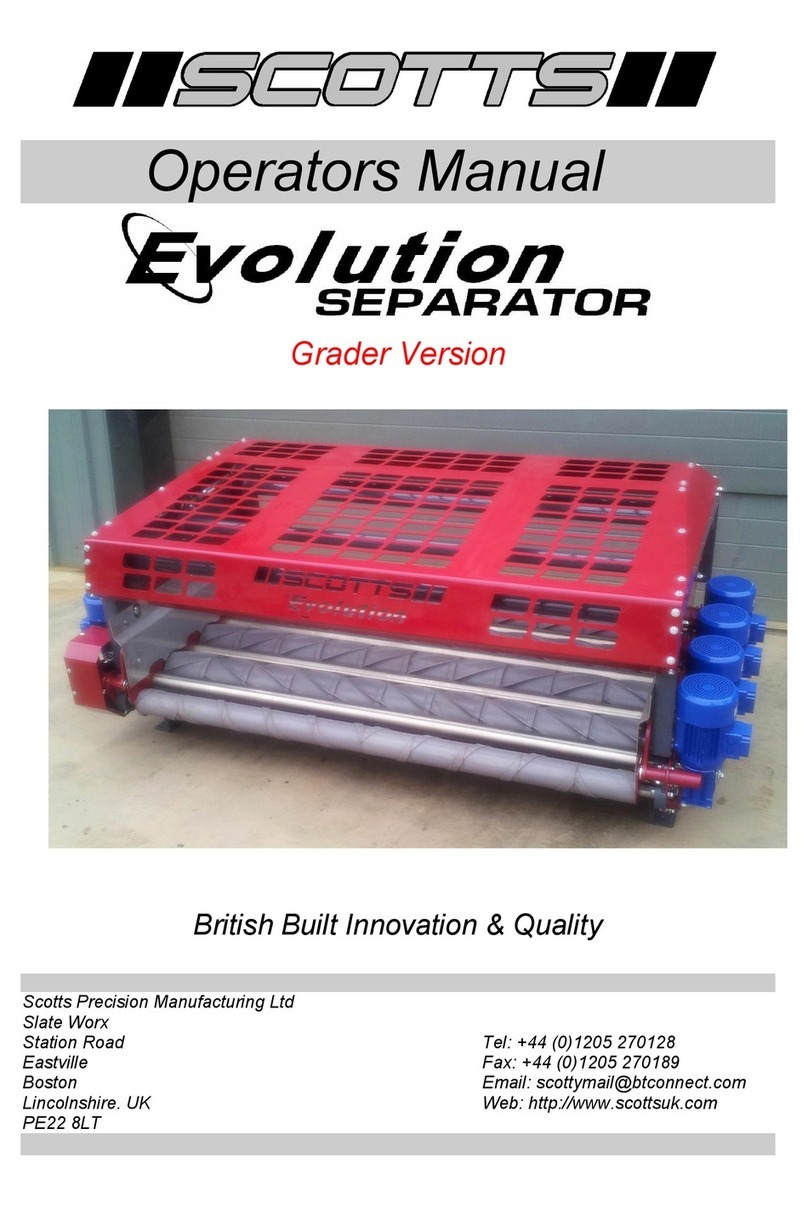
Page 2
General machine Safety and accident prevention
All aspects of safety advice, whether through this manual or by national
accident prevention regulations must be observed: -
• Warning signs and other notices on the machine are there to provide
you with visible important information for safe operation of the
machine and to reduce the risk of personal injury.
• Before attempting to start work, please familiarise yourself with all
equipment and controls and the functions they perform.
• Please ensure any users wear close-fitting clothing. Avoid using loose
fitting clothing.
• Keep the machine clean at all times to see visible signs of wear.
• Check around the machine before starting it up, to ensure there are no
obstacles in the way (including people) and ensure you have adequate
all round visibility.
• Only start the machine up if all protective guards are fitted correctly
and in their protective positions.
• Dangerous parts are located behind the protective covers/ guards.
These do not necessarily come to a standstill when the drive is
switched OFF. Therefore, keep well clear until such parts have come to
a complete standstill.
• Only carry out maintenance, repair and cleaning work underneath the
machine when connected to tractor with handbrake engaged, engine
switched off and with suitable axle stands supporting the machine.
• NEVER allow persons to stand on the machine whilst working.
• The designs and functions of intake and discharge mechanisms i.e.
rotating shafts, conveyors etc. means they cannot be fully protected.
Therefore always keep a safe distance from such moving parts when
the machine is in operation. This advice also applies to any ancillary
equipment.
• Only carry out maintenance, repair and cleaning work on the machine
when the drive is switched OFF and the engine is stationary. Remove
the ignition key from the towing vehicle.
• NEVER stand in the area of discharge.
• NEVER allow persons to ride on the machine whilst moving.
• Switch OFF the engine and remove the ignition key before leaving the
towing vehicle.
• The designs and functions of intake and discharge mechanisms i.e.
webs’, sifting units, etc. means they cannot be fully protected.
Therefore always keep a safe distance from such moving parts when
the machine is in operation. This advice also applies to any ancillary
equipment.
• NEVER allow persons to stand between the towing vehicle and the
machine unless the machine is secured against rolling away by the
means of parking lock and/or wheel chocks.




























